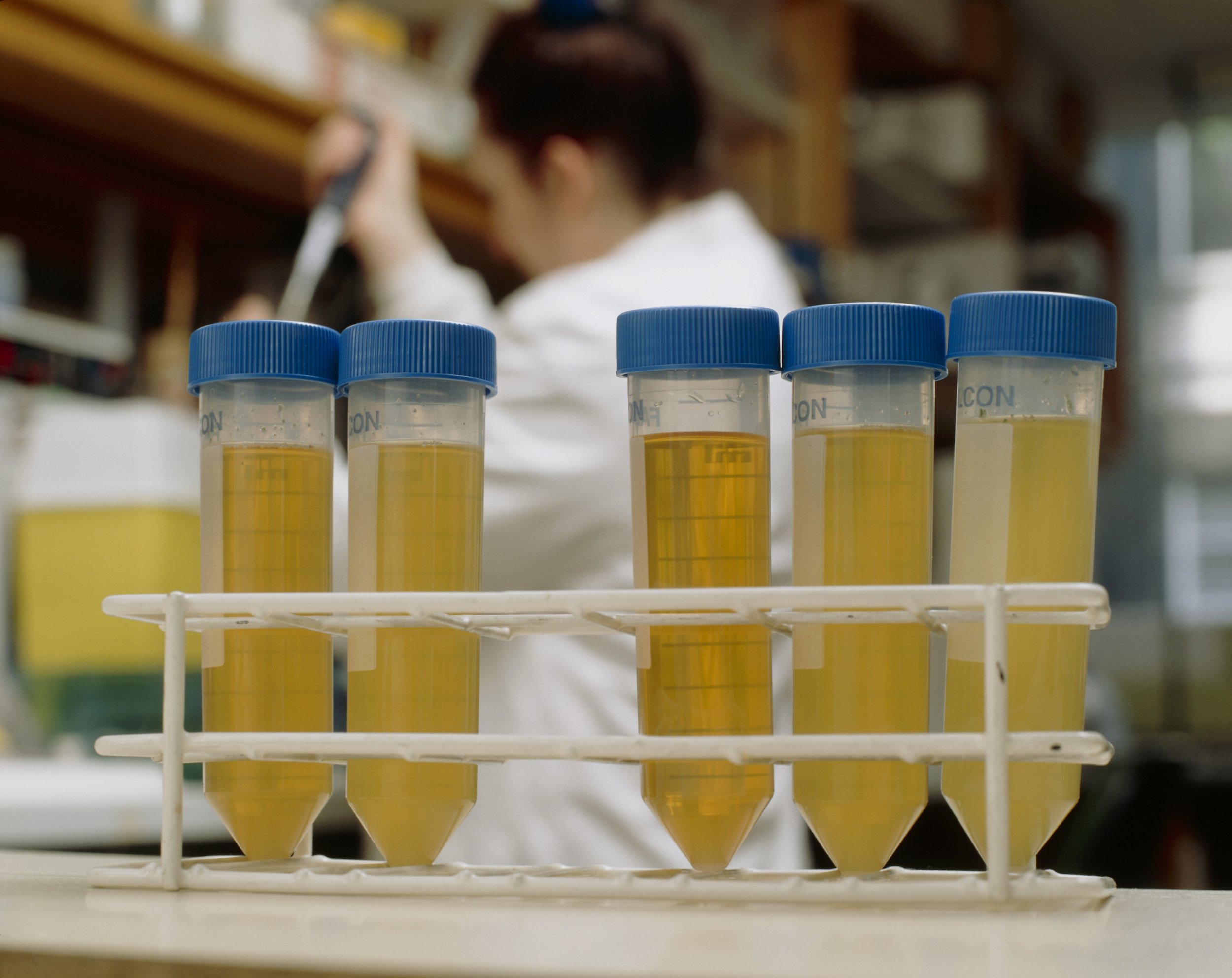
#BEST F STOP FOR PORTRAITS ISO#
Increasing the ISO sensitivity can give your camera that extra “push” in order to capture the perfect kid’s portrait.

However, at dusk or later it starts to come into play, especially if you are hoping to use faster shutter speeds. ISO Sensitivityįor outdoor photography during the daytime, ISO isn’t typically a setting you’re going to have to think about it.
#BEST F STOP FOR PORTRAITS HOW TO#
Easy! Look for the Av +/- button on your camera and consult your camera manual if you’re unsure how to use it. With exposure compensation you can tell your camera to change the settings to make the scene brighter or darker. Simply put, your camera has sensors that decides how to balance the settings of your camera (besides the settings that you set manually) to make a “correct” exposure – but sometimes it’s wrong! The simplest example is when the background is really bright, usually your subject is dark but your camera thinks everything is a-OK. This is one setting that is commonly overlooked, but can be a real lifesaver when it comes to outdoor kid’s portraits. Hint: A larger aperture (see above) will result in a faster shutter speed, and vice-versa. Simply increase the shutter speed until the images are crisp. Kids aren’t always going to stand perfectly still for portraits, so what do you do when you see blur? You can embrace it – creative blur can create some interesting kid’s portrait photos – or you can switch from aperture to shutter speed control on your camera. For every day children’s portraits it’s probably a good bet to blur the background. Tip: Keeping the details in the background is more favorable if the setting is important – such as at Disneyland or in front of an important building, monument, or city scape. If you’re unsure, start with a mid-range aperture (f/5.6, for example) and decide whether you want more details or less in your background. Again, this is a setting you need to experiment with, even with still-life subjects, in order to understand just how it works and how it affects your photography. Larger aperture (like f/2.0) will give you a blurred background, while a smaller aperture (like f/18) will keep details in the background crisp, depending on the distance between camera, subject, and background.

Aperture SettingsĪperture is by far one of the most important settings to learn how to control on your camera when it comes to portrait photography. Only once you’ve spent some time photographing children will you get a feel for the best types of lenses for your style. Keep in mind this means you have to be relatively close to your subject if you want to fill the frame and might have to move around a bit to get the right shot.Īnother popular lens for outdoor kid’s photography is a telephoto zoom lens (such as a 70-200mm) which offers a bit more flexibility as to whether you pull back or zoom in and gives you the opportunity for more candid photography. Many photographers prefer a 50mm or 85mm prime lens (as in, it doesn’t zoom in or out) because this typically gives you a lower f-stop (aperture) for those fantastically crisp kid’s portraits with blurred-out backgrounds. At the very least you want to be able to manipulate the three points of the exposure triangle: aperture, shutter speed, and ISO.Īs for lenses, everyone has their preferences.


So what camera settings should you aim for when you’re preparing for an outdoor kid’s photo shoot? Camera & LensĮntry-level camera have come a long way, but keep in mind that the more manual control you have over your camera, the more likely it is that you’ll be able to achieve the look you want. There’s a reason why photographers love to shoot outside – lots of light! This gives you a lot of options as far as your camera settings, because once there’s lots of light for your kid’s portrait photos you can experiment with shutter speed and aperture to get just the look you want.


 0 kommentar(er)
0 kommentar(er)
